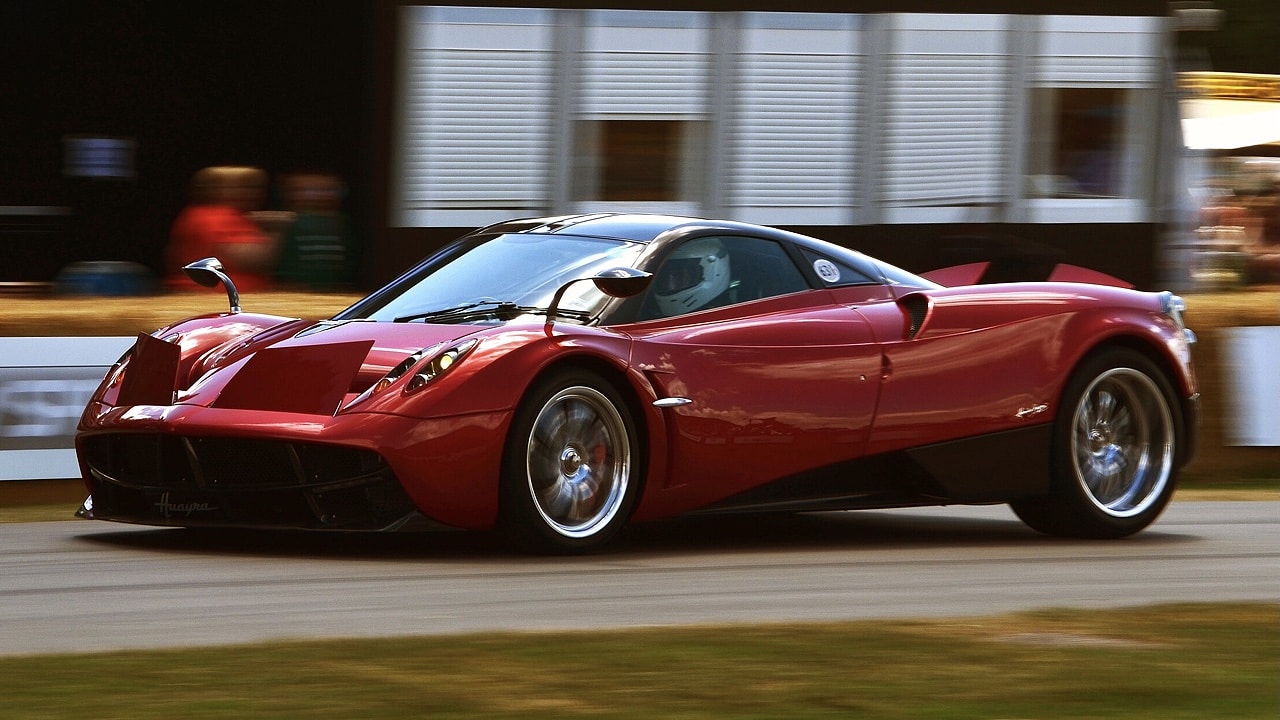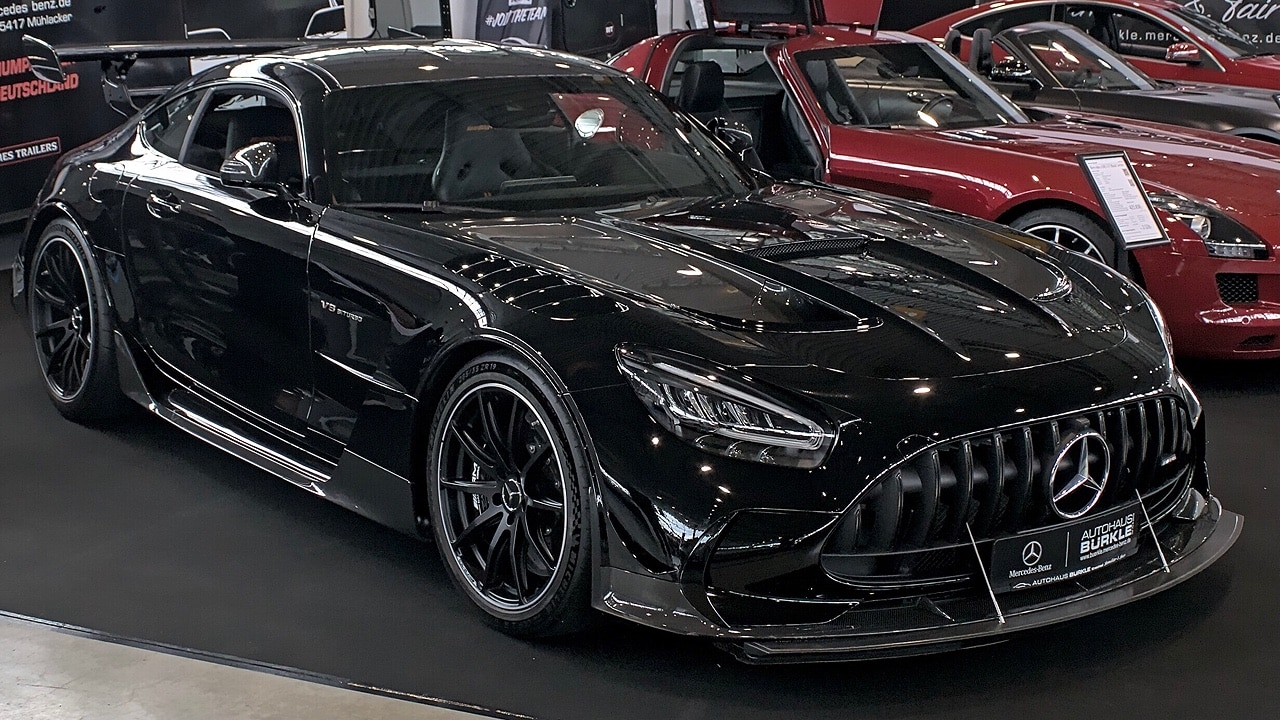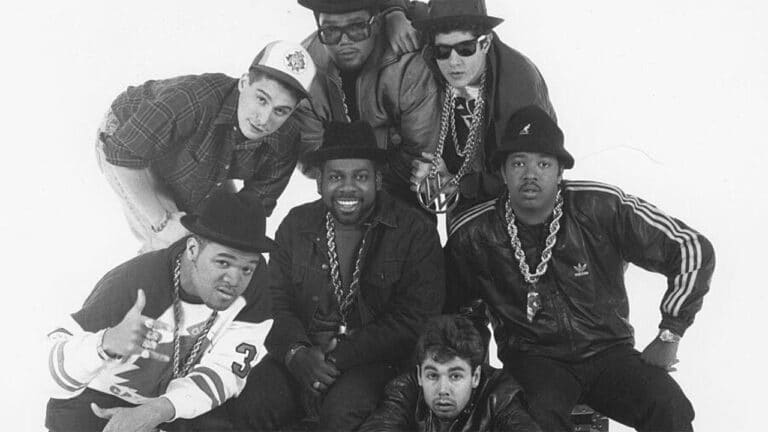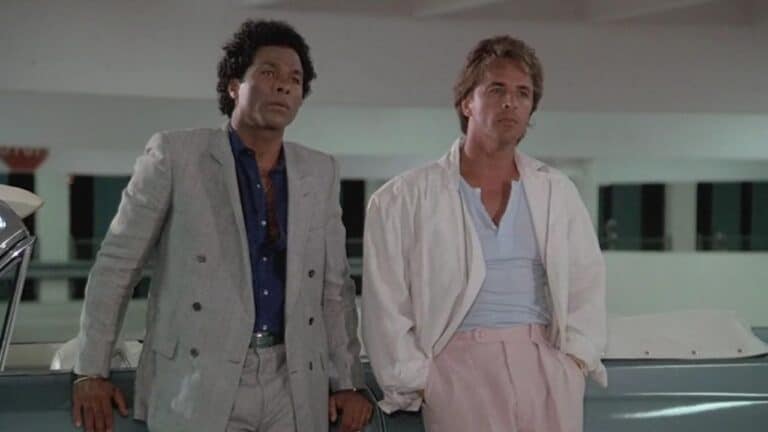13 Fast Cars With Surprisingly High Safety Ratings

With great power comes great responsibility, and in the car world, that translates into top-notch safety features in performance cars.
Organizations such as Euro NCAP, NHTSA and IIHS don’t test low-volume sports cars, so there aren’t any safety ratings for us to go by.
However, it’s still possible to determine how safe these cars are by examining their crash tests, construction, safety features, and accident performance.
BMW M4

Whether you buy a base-model BMW or a top-of-the-line performance model, you can rest assured that you’ll be surrounded by all the latest safety tech. The second-generation BMW M4 has been awarded 5-star safety ratings by NHTSA, IIHS, ANCAP, and Euro NCAP. It doesn’t get better than that!
Even the base model has plenty of standard safety equipment, such as lane departure warning, active blindspot detection, backup camera, rear cross-traffic alert, rear-collision preparation, front and rear parking sensors, and dynamic cruise control with automatic braking.
Chevrolet Corvette

Chevrolet’s mid-engined Corvette is a proper supercar but without the exuberant price tag. It’s also as safe as you’d expect a sports car from a mainstream manufacturer to be and packs all the modern safety equipment.
Unfortunately, the IIHS and the NHTSA don’t test sports cars, so there’s no safety data by which to judge. However, we have seen some severely crash-damaged C8 Vettes online, where the drivers walked away unscathed.
One owner crashed with a full-size SUV and said he’d “been in a more violent impact in bumper cars at an amusement park.” His follow-up statement tells you everything you need to know, “If I had to be in a C8 crash again, I’d do it without a second thought.”
Jaguar F-TYPE

Jaguar builds some of the most stylish vehicles on the road, and the F-Type is no exception to this rule. With a supercharged 5.0-liter V-8 under the hood, it produces 444 or 575 exquisite British ponies, depending on the version, and can accelerate to 60 mph in as little as 3.5 seconds.
With performance like that, it needs proper safety equipment. Being a low-volume sports car, there are no official safety ratings, but other Jaguars have excellent safety scores, and there’s no reason to doubt the F-Type in this regard. It has a strong aluminum body structure and packs many advanced driving aids like Electronic Stability Control (ESC) and Emergency Brake Assist.
McLaren 570S

McLaren is another British performance carmaker focusing just as much on safety as going fast. Since there aren’t any crash test ratings, we’ll use an actual crash to show just how safe the 570S is.
In 2018, journalist Sean Evans was in a McLaren 570S that flew off the road on California State Route 33. The roof was off, and the McLaren rolled twice before coming to a halt nearly 300 feet from the road and 80 feet down the hill. Thanks to the McLaren carbon fiber monocell, both occupants walked away without any injuries!
Mercedes-AMG GT

Mercedes now makes some of the best-looking sports cars on the market, and the AMG GT is arguably the most stunning of them all. In Black Series guise, it has a twin-turbocharged 4.0-liter V8 engine that produces a whopping 720-hp.
The GT hasn’t been tested by the NHTSA or IIHS, but it does offer lots of safety technology. It’s built using an aluminum spaceframe for both weight efficiency and strength.
Some onboard safety features include lane departure warning, blind spot monitoring, forward collision warning, and automated emergency braking. There’s also Mercedes’ PRE-SAFE system, which tightens seat belts, closes windows, and adjusts the seats for optimal safety before a collision.
Audi R8

Audi recently ended the production of its R8 supercar. While they’d never built a supercar when the first generation was introduced in 2006, Audi had plenty of motorsport experience. In addition, seeing as they own Lamborghini, they probably didn’t start from scratch when it was developed.
The second-generation R8 had a V10 with 562–602-hp. To keep occupants safe, the mid-engined supercar featured a high-strength Audi Space Frame (ASF) with impressive crash resistance. It also has various advanced safety technologies as standards, such as Electronic Stability Control (ESC) and multiple airbag systems.
Ferrari Roma

It’s no secret that Ferrari knows a thing or two about making high-speed cars, both for the road and track. With decades of racing experience, Ferrari’s engineers can easily construct a vehicle that keeps its occupants safe, especially when all the required modern safety features are added.
The Ferrari Roma is a 2+2 grand tourer with a turbocharged V8 engine at the front. It has various safety features, including adaptive cruise control, rear cross-traffic alert, emergency braking system, seatbelt pretensioners, 360-degree camera, and multiple airbags. It even has roof-mounted airbags to protect the occupants in a rollover.
McLaren Artura

We’ve covered the McLaren 570S and what happened when it drove off a cliff. McLaren continued developing the monocoque carbon tub, and the one that’s in the Artura is stiffer and stronger than the 570S.
Whereas previous monocoque tubs were made by Carbo Tech, an Austrian company, McLaren now produces them at its own production line, which makes it easier to make changes and improvements.
Acura NSX

Acura is Honda’s luxury and performance brand, and they take pride in building safe and reliable vehicles. Several Honda models have won the Top Safety Pick award, and there’s no reason to believe the 573-hp hybrid NSX doesn’t live up to those standards.
This Japanese supercar has a multi-material space frame for optimal rigidity and crash protection. It also packs Acura’s advanced safety features, including the AcuraWatch safety and driver-assistive tech.
Porsche 911

While early Porsche 911 Turbos earned its Widowmaker nickname by sending yuppie bankers off cliffs and into ditches, Stuttgart’s finest has come a long way since then. Today’s 911 is among the safest sports cars on the road.
It packs all the safety tech we’ve come to expect from a modern car, and even though Porsche has slashed the body’s steel content from 66% to 30%, it’s just as strong and rigid as before. It also features multiple airbags, including knee airbags for those in the front seats. Porsche Stability Management (PSM) ensures that the 911 stays on the road in hazardous driving scenarios.
Koenigsegg Regera

Early Koenigseggs weren’t the easiest cars to drive, as proven by Top Gear’s Stig, who went off the track and into the tire wall. The Swedish hypercar manufacturer takes safety seriously, and one could argue that the Regera is one of the safest cars to be in during a crash.
Other manufacturers destroy multiple cars during crash tests, but not Koenigsegg. Because their vehicles are so expensive, they only use one carbon fiber monocoque to do all the tests. Body panels and other components are changed between the different tests as they get damaged, but it’s the same car from start to finish.
Pagani Huayra

Pagani makes some of the most outrageous hypercars, which speaks volumes, as this type of car generally has wildly exaggerated styling. According to Pagani’s website, the Huayra is certified to comply with NHSTA Federal Motor Vehicle Safety Standards concerning safety
In crash test videos of the Huayra, we can see that the carbotitanium panels won’t shatter as regular carbon fiber parts would.
Bugatti Chiron

Bugatti prides itself on making the fastest and most luxurious cars on the road. Considering these cars cost an absolute fortune, we can safely say that Bugatti wants to keep its customers alive. It’s not good PR to have some super-rich celebrity die in their cars, and there are also only a limited number of people who can afford to buy them.
Bugatti performs rigorous crash and safety tests on its cars before they’re released in the wild. While the Chiron lacks some safety features that are common in regular vehicles, such as blindspot monitoring, lane-departure assist, and autonomous braking, it’s built from carbon fiber and has plenty of airbags.





